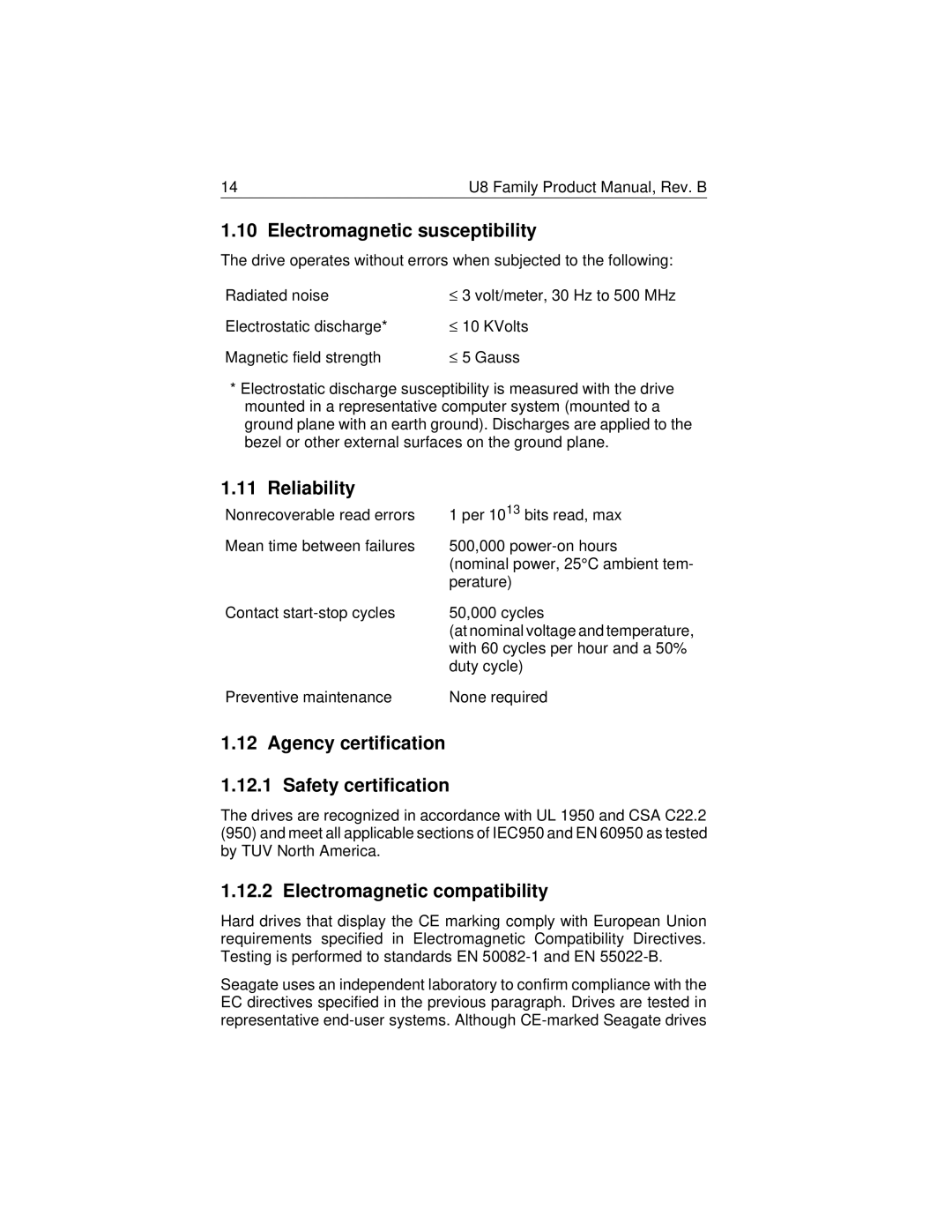6573Z (US) specifications
The HP 8566C, 6573Z, 6647, 6671, and 6641 are examples of cutting-edge test equipment from Hewlett-Packard, now known as Agilent Technologies. Each of these models serves essential functions within the realm of RF and microwave signal analysis, tailored to meet the demands of engineers and technicians in various industries, including telecommunications, aerospace, and electronics.The HP 8566C is a signal analyzer that provides comprehensive analysis, particularly useful for multi-channel and high-frequency signals. A notable feature of this model is its frequency range, which spans from 0.1 Hz to 26.5 GHz, making it suitable for a wide variety of applications. The instrument's advanced capabilities such as phase noise measurement, frequency response analysis, and spectrogram displays cater to precise and complex signal characterizations. The built-in tracking generator further enhances its utility, enabling users to test filters, amplifiers, and antenna systems efficiently.
On the other hand, the HP 6573Z is a precision DC power supply that is critical for testing and characterizing devices under various power conditions. It delivers high accuracy and stable output across a wide range of voltage and current options. This model integrates features like programmable voltage and current limits, allowing for customized test scenarios, essential for designers needing reliable power sources during the prototyping phase.
The HP 6647 and 6671 models are versatile electronic loads, primarily designed for battery testing and power supply validation. They support various testing modes, including constant current, constant voltage, and constant resistance modes, which provide flexibility for power electronics engineers. Their robust measurement capabilities allow for detailed analysis of response characteristics, load transients, and efficiency metrics.
Lastly, the HP 6641 complements this lineup by offering high-performance test equipment with similar applications in power electronics. It features intuitive interfaces and advanced programming capabilities, enabling streamlined automation of test procedures.
In conclusion, the HP 8566C, 6573Z, 6647, 6671, and 6641 collectively embody sophisticated testing capabilities in signal analysis and power electronics. Their features, ranging from high-frequency performance to accuracy in power delivery, make them indispensable in the modern technological landscape. These instruments support continuous innovation while ensuring the reliability of devices that are critical to both consumer and industrial sectors.
